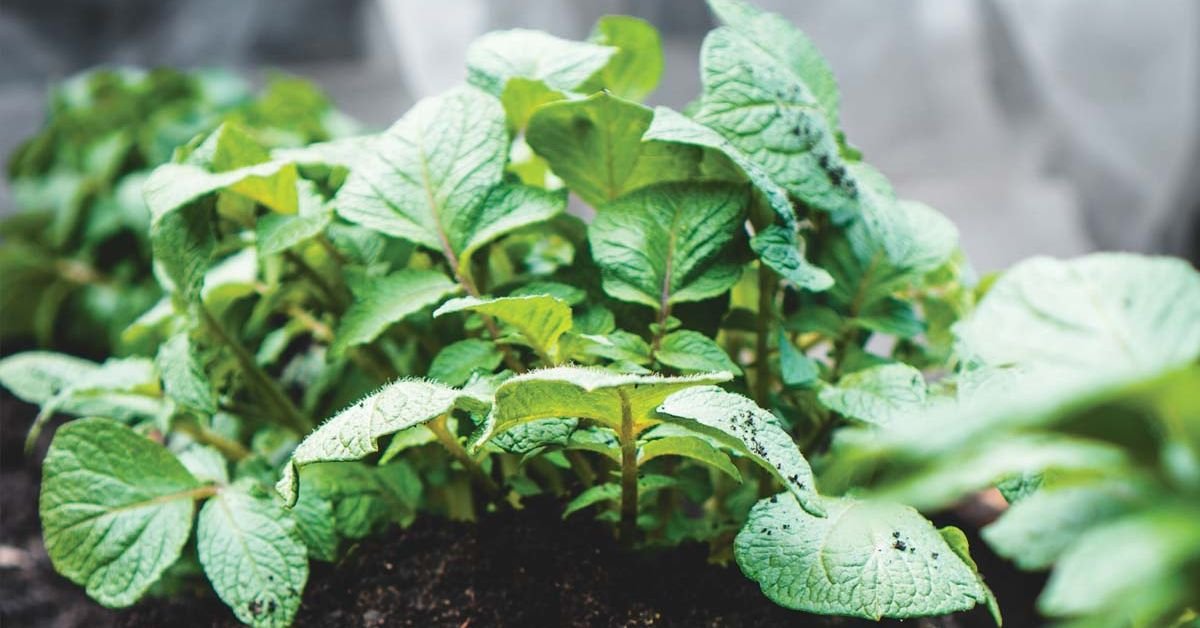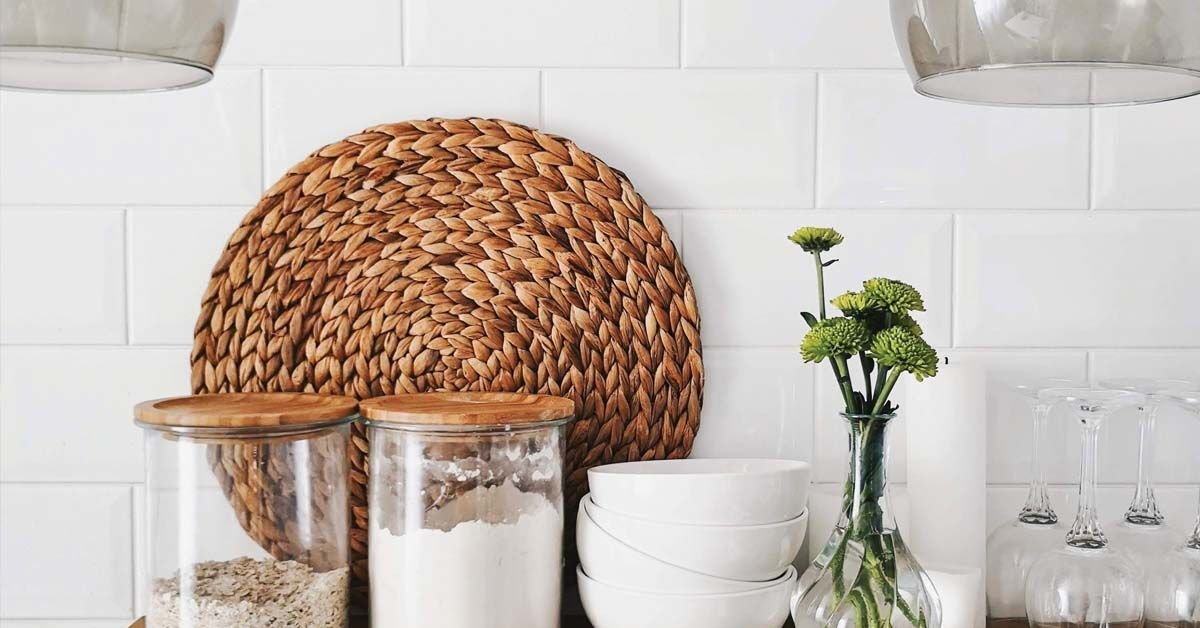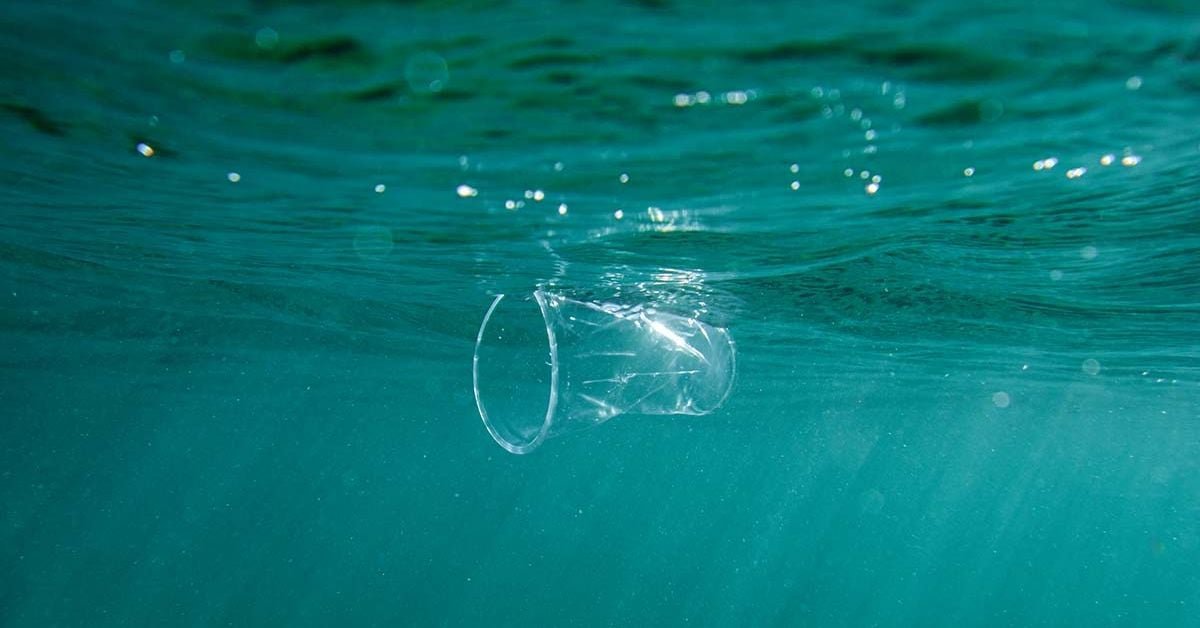Make Eco-Friendly Choices for Your Pets
As pet owners, it’s our duty to meet the needs of our furry friends while also making environmentally conscious choices—from the food they eat to the toys they play with. It’s simpler than you might think!
Pet Ownership Statistics
In 2018, 41% of Canadian households had at least one dog, totaling 8.2 million dogs, while 38% had at least one cat, totaling 8.3 million cats. In the same year, Canadians spent nearly $9 billion on pet products.
01 Start with Adoption
Adopting from a shelter is undoubtedly a sustainable choice, although it may not be suitable for everyone. If you’re considering getting a pet, find a reputable local breeder you can visit and inquire about their pet rehoming policies. Avoid purchasing pets from stores or online without verifying their sources as it can be risky.
Think about spaying or neutering your pet, as shelter statistics and ethical considerations provide strong reasons for making this a sustainable choice.
Did You Know?
– In 2017, Canadian shelters took in over 87,000 cats and more than 33,000 dogs.
– A single dog and its offspring can produce around 67,000 puppies in six years, while a cat can lead to about 370,000 kittens in seven years.
02 Eco-Friendly Sleep Solutions
For a sustainable and budget-friendly option, consider making your own pet beds from recycled materials such as old pillows, comforters, and even luggage or furniture. A quick online search for “DIY pet bed” will yield countless ideas and tutorials.
If you prefer to buy, look for beds with washable, natural fiber covers, steering clear of harmful chemicals like flame retardants commonly found in foam products; these chemicals can negatively affect health. Avoid beds crafted from polyester or synthetic materials that contribute to microplastic pollution; instead, consider options made from recycled materials.
03 Safe Accessories
Choose ropes and chew toys made from natural materials like cotton, wool, or twine, which are not only more environmentally friendly but also compostable. If opting for plastic toys, ensure they are free from bisphenol A (BPA) and phthalates, both of which can disrupt endocrine function. Thrift stores, which often support animal shelters, can be great places to find gently used toys, bowls, and other accessories.
04 Sustainable Food Choices
Buy local and sustainably produced pet food with clean ingredients. When opting for cooked or raw diets, explore local farms or stores for the best options.
“Raw food, if you’re considering a switch, has minimal processing,” explains Corbie Black, owner of Bone & Biscuit Pet Store in Kamloops, BC. “The ingredients for kibble, raw, dehydrated, or canned food must come from animals that are humanely raised and sustainably harvested.”
05 Waste Management for Pets
Cats can be selective about litter. Many dislike artificially scented products and certain textures. Instead of clay or crystal litter, choose non-toxic and biodegradable options made from materials like walnut shells, recycled paper, or grass.
For dogs, biodegradable bags are a great start for waste disposal when used properly. Check your local regulations for the best disposal methods. You can also compost dog waste (separately) or bury it, but be careful, as it may carry parasites. Flushing waste may be permissible (verify with your local authority), but do not flush bags, even if they claim to be biodegradable.
06 Safe De-Icing Alternatives
Regular de-icing salt is harmful to pets if ingested and can burn their paws. Utilize pet-safe de-icing products and encourage your neighbors and local authorities to do the same, as traditional salt can contaminate water sources, impacting aquatic life.
Rinse your pet’s paws after outdoor walks and consider using a protective balm. Some pet owners even opt for boots for additional protection.
07 Keeping Roaming to a Minimum
Free-roaming cats are known to significantly impact local wildlife, particularly songbirds and small mammals. Keeping cats indoors is the safest option. Dogs can also cause disturbances in natural areas, so it’s best to stick to trails and use leashes in sensitive environments.
This article was originally published in the April 2020 issue of Healthysdigest Canada under the title “Make Your Pet’s World as Green as Can Be.






